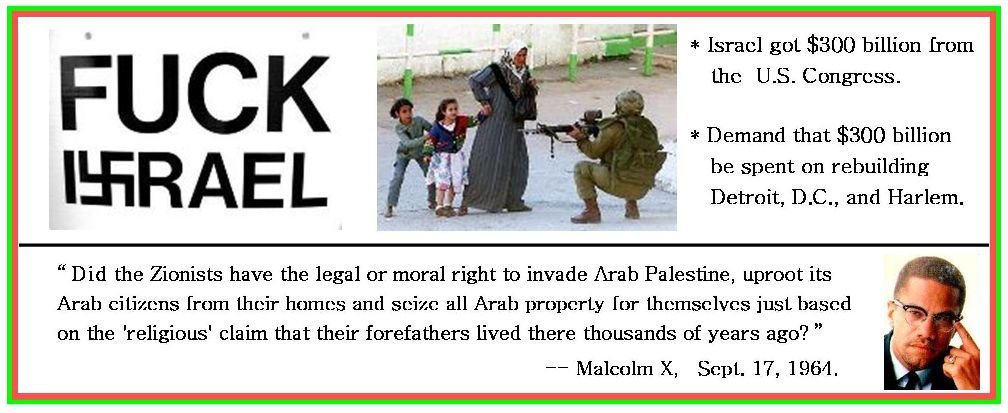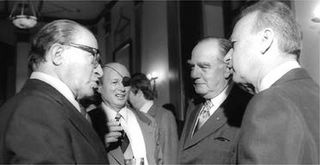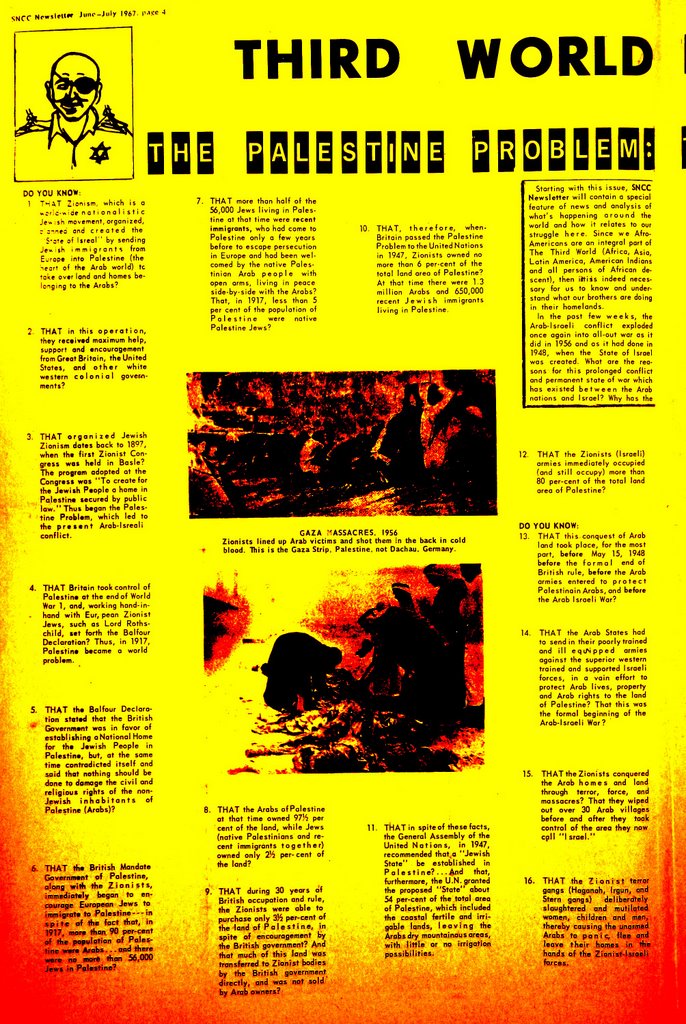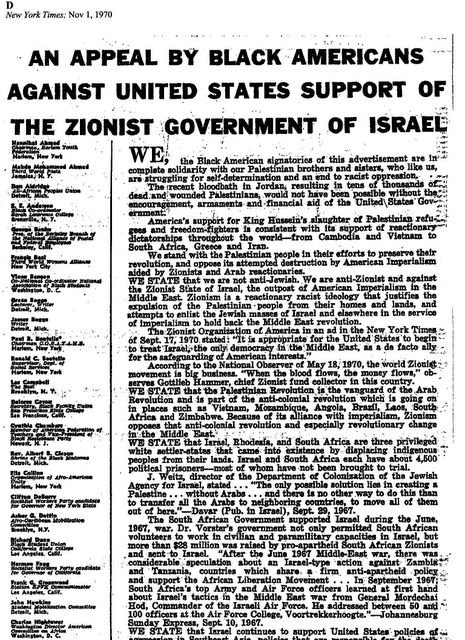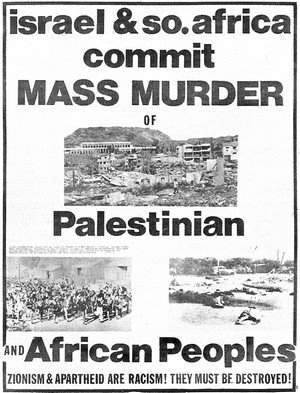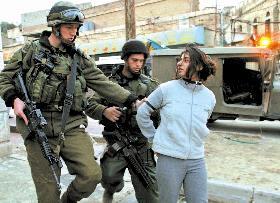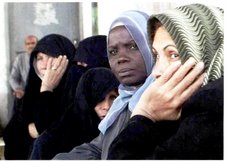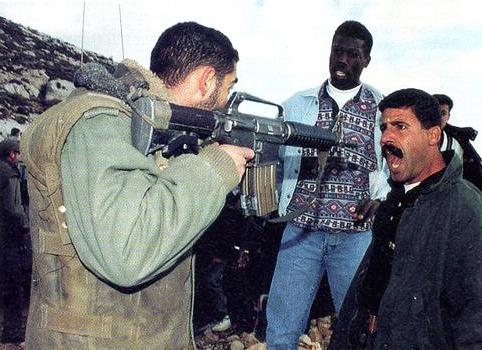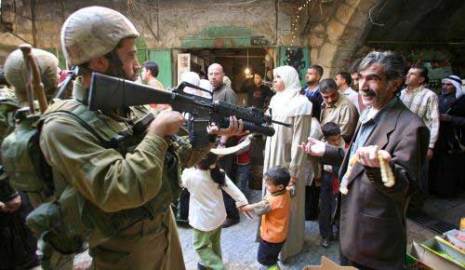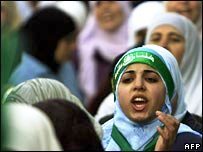| Behind the Scenes: Warlords’ Deadly Battle in Congo |  |  |
| Written by Keith Harmon Snow | |
| Thursday, 09 August 2007 Published in "TOWARD FREEDOM" On the Web at: http://www.towardfreedom.com/home/content/view/1096/1/ | |
|
The Democratic Republic of Congo is today both the richest and poorest country in the world. First robbed of its rubber and ivory (1890-1908) by Belgium’s King Leopold—whose enterprise of slavery claimed ten million Congolese lives but was masked by a humanitarian "anti-slavery" propaganda campaign—the plunder of the Congo was advanced by Belgian colonial interests from 1908 to "independence" on June 30, 1960. Following a coup d’etat orchestrated in part by Israeli American Maurice Tempelsman and his corporate allies, the country emerged from the first Congo crises (1960-1967) with U.S.-backed Colonel Joseph Mobutu installed as President. [See Dr. David Gibbs, The Political Economy of Third World Intervention: Mines, Money and U.S. Policy in the Congo Crises, University of Chicago Press, 1991.] Mobutu and his corporate partners plundered Congo from 1965 to 1996, and many of the same "untouchables" of the Mobutu era—Maurice Tempelsman, Etienne Davignon, George Forrest, the Blattners—are plundering Congo today. The Pentagon backed the overthrow of Mobutu in 1996-1997. This invasion was led by Rwanda and Uganda, backed by the U.S., Canada, U.K., Belgium and Israel. Washington’s support of the overthrow had to do with corporate interests in the region. International businesses wanted to reorganize the power structure in the region to better exploit the Congo's riches and displace deeply entrenched competitors. By July 1996, Mobutu was negotiating with George H.W. Bush over Barrick Gold interests in Zaire's Kilo Moto goldfields and for Adolph Lundin interests in copper/cobalt in Katanga. The invasion of Zaire swung into action after Paul Kagame visited the Pentagon in August 1996. Congolese "rebel" warlords like Jean-Pierre Bemba, Azarias Ruberwa, Arthur Zahidi Ngoma, and Mbusa Nyamwisi fought against the seat of power in Kinshasa held by Laurent Kabila (1998-2001) and then Joseph Kabila, his purported son. Multinational corporations, criminal networks and regional governments backed "rebel" and "government" forces—often both—and all sides committed massive atrocities. Billions of dollars in plantation commodities, minerals and timber exited Congo during the war were shipped to Western markets. As the Congo "peace process" unfolded, Jean-Pierre Bemba became one of four warlords rewarded with a vice-presidency in DRC’s transitional government (2003-2006); sworn in on July 17, 2003, he held the Finance and Economic portfolio. Bemba was one of five significant challengers to the transitional president, Joseph Kabila, in the 2006 elections, which fielded 33 presidential candidates. Bemba believes himself Congo’s savior and rightful leader, and he provoked hostilities, riots and parliamentary chaos throughout the transition, elections and post-elections periods. Behind the machinations of power in Congo lie hundreds of billions of dollars to be made in exploiting Congo’s riches in the next decade alone. From 1996-2007, despite multiple peace accords, some six to ten million people died in Congo’s wars. ___________________________________________________ |
